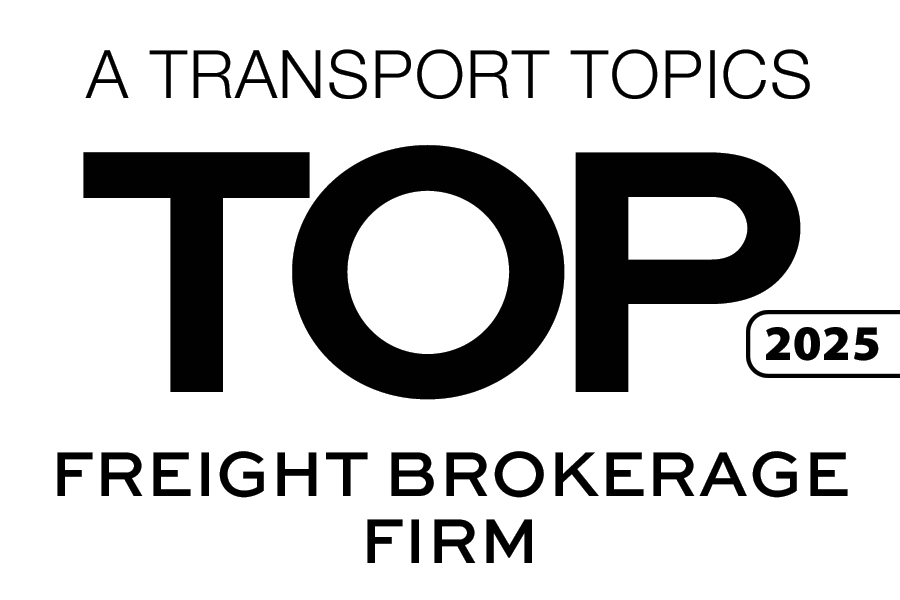Striking the Balance with AI in Transport
September 10, 2024
 As technology continues to reshape industries, the freight logistics sector continues its push toward artificial intelligence (AI) and automation to enhance operational efficiency. While AI offers powerful tools to streamline processes, it is critical to strike a balance between automation and human oversight to fully unlock its potential.
As technology continues to reshape industries, the freight logistics sector continues its push toward artificial intelligence (AI) and automation to enhance operational efficiency. While AI offers powerful tools to streamline processes, it is critical to strike a balance between automation and human oversight to fully unlock its potential.
A common misconception about AI is that it seeks to replace human workers, but experts in the logistics industry emphasize that AI should be viewed as a tool to augment human performance. The real value of AI lies in its ability to handle repetitive, mundane tasks—like pulling data from spreadsheets and sending emails—thereby freeing up employees to focus on more strategic, high-level responsibilities. By automating these routine functions, freight professionals can devote more time to tasks that require critical thinking and human insight.
“There’s an interesting phenomenon: robots or computers are really good at doing things that are very hard for humans, but there are things that are easy for humans that are really hard for robots,” explains MIT Transport Researcher Chris Caplice. “It’s about finding the balance.”
AI also excels in areas that are challenging for humans, such as processing large volumes of data and making data-driven decisions in real time. For instance, AI can analyze data multiple times a day to schedule the most efficient shifts in warehouses. Still, there are certain aspects of logistics management—like relationship-building and nuanced decision-making—that remain difficult for machines to replicate. Finding the balance between automation and human input is essential to maximizing productivity.
How does AI and automation contribute to enhancing efficiency and accuracy in logistics? Learn more about emerging transport technologies in the latest episode of the Stay In Your Lane Podcast.
Automation has long been integrated into freight operations in the form of decision-support tools, such as routing and load assignments. These technologies have been in use for decades, helping dispatchers assign loads to drivers, minimize total costs, and maximize efficiency. The challenge has always been to ensure that human operators trust the technology’s recommendations. Repeated positive experiences build this trust, allowing dispatchers to rely on automated systems for a majority of their decisions, while still retaining the human judgment needed to handle exceptions.
 This approach applies to more modern AI systems as well. While AI can automate many routine tasks, freight brokers must decide how much they want to rely on these systems. Automating processes like load assignment or warehouse shift planning doesn’t mean humans are cut out of the equation; rather, it allows employees to focus on solving complex problems that AI isn’t yet capable of handling.
This approach applies to more modern AI systems as well. While AI can automate many routine tasks, freight brokers must decide how much they want to rely on these systems. Automating processes like load assignment or warehouse shift planning doesn’t mean humans are cut out of the equation; rather, it allows employees to focus on solving complex problems that AI isn’t yet capable of handling.
“The real challenge for adoption of any technology is getting the human to trust it,” says Caplice. “And the only way you get trust is repeated positive actions.”
One of the more promising technologies in the industry is the use of APIs (Application Programming Interfaces) to streamline communications between shippers, carriers, and brokers. APIs offer a more flexible and scalable solution for low-volume, irregular lanes where traditional methods like EDI (Electronic Data Interchange) fall short. While EDI remains the dominant method of communication for high-volume lanes, APIs are gaining traction for handling more dynamic and variable networks.
AI and APIs combined can further enhance operational efficiency by reducing the need for manual communications and providing real-time data for better decision-making. The integration of these technologies allows freight brokers to process loads more efficiently, even in scenarios where the need arises sporadically or unpredictably.
As automation becomes more prevalent, logistics professionals must think strategically about how to reallocate their workforce. AI can handle a growing number of operational tasks, but it is the human workforce that can address areas where AI adds less value, such as relationship management, strategic planning, and resolving complex logistical challenges.
Ultimately, the key to success in the freight industry is not the wholesale replacement of people with machines but rather the creation of systems that allow humans and AI to complement one another. By combining AI’s strengths in data processing and automation with human expertise, freight managers can drive efficiency, improve service, and stay competitive in an ever-evolving marketplace.
At Triple T Transport, we leverage the latest advancements in technology to streamline our operations and deliver world-class 3PL services. By staying on the forefront of technological innovation, we’re equipped to handle the evolving needs of our customers while ensuring that every shipment is handled with precision, transparency, and efficiency.














